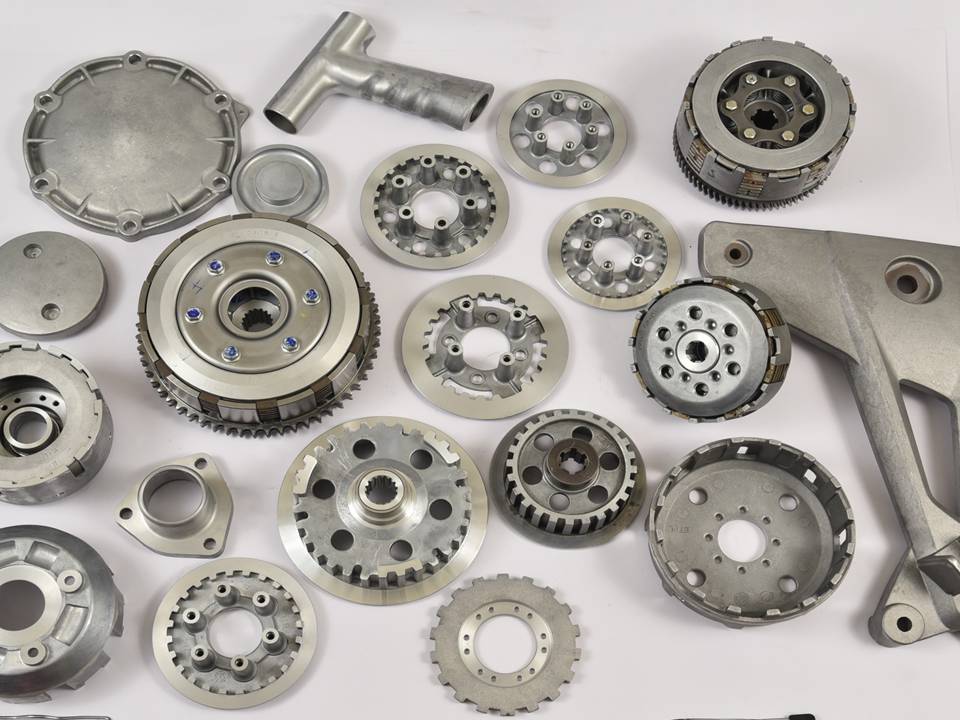The Precision and Versatility of Diecasting
The Precision and Versatility of Diecasting
Blog Article
Diecasting is an advanced manufacturing method that plays a vital role in creating intricate metal parts with high precision and repeatability. The process involves introducing liquid metal into a cavity using high pressure making it possible to create complex shapes and elaborate designs that would be challenging to create using other techniques. Diecasting is used extensively in different industries, such as electronic, aerospace, automotive, and consumer goods, due to its efficiency and ability to produce high-quality parts. This article explores the intricate details of diecasting, detailing its process, benefits, and applications.
The diecasting process begins by making an mold, also known as a die, which is usually made of the hardened steel. The mold is designed to stand up to the temperatures and pressures used during the process. Once the die is ready the molten metal, which is typically made up of aluminum, magnesium, zinc, or copper is heated to an liquid state, and is injected into the mold with high pressure. The pressure remains constant until the material has solidified, making sure that the molten material fills every part of the mold including intricate detail and the thin walls. When the metal has been cooled and hardened, the mold can be unveiled, and then the completed component is removed. This procedure allows high quality and precision in the production of metal parts.
One of the most significant advantages of using diecasting is its efficiency in high-volume production. Once dies are cast, the process can be repeated numerous times with minimal variance between the parts. This repeatability is essential to industries that require huge quantity of consistent parts. Diecasting is also known as a material that is efficient. This process produces less waste compared to other metal forming techniques in that any leftover metal can be recycled and reused. This is not only a way to reduce cost of materials but also helps to promote green manufacturing practices. Diecasting's speed and precision diecasting make it a perfect choice for producing high volumes of parts quickly and consistently making sure that companies can meet tight production schedules and market demands.
Diecasting can also produce parts with superior mechanical characteristics. Rapid cooling of melting metal in the casting process creates the formation of fine grains, increasing the durability and strength of the final product. This makes diecast components particularly ideal for use in applications that demand the highest level of performance and dependability. In the automotive sector the use of diecast components is in the transmissions, engines as well as structural components, where their weight-to-strength ratio is essential for safety and vehicle efficiency. Also, in the aerospace industry diecast elements contribute to the development of lighter but robust structures, essential for optimizing fuel efficiency and performance. To receive more details kindly go to Senadiecasting
The versatility of diecasting extends to its wide range of uses. In the auto industry, diecast components are used in engines, transmissions, and other structural parts. They contribute to lighter and more fuel-efficient automobiles. For electronics, diecasting is employed for the production of heat sinks, housings and connectors, ensuring optimal thermal management and durability. Appliances for the home, power tools and even toys profit from diecasting's precision and efficiency, with parts ranging in size from knobs, handles, and handles as well as internal mechanism. Its flexibility to various metals and its ability to make parts with complex designs make it suitable for a wide range of sectors, each benefiting from the unique advantages diecasting provides.
Diecasting is a critical manufacturing method that permits the creation of precision, high-quality metal parts across various industries. The ability of diecasting to produce intricate shapes that have tight tolerances and smooth finishes make it a must-have for any application which require precise details as well as consistent high-quality. The efficiency and cost-effectiveness of diecasting also make it attractive and support mass production while maintaining high standards. As the technology evolves and the need for reliable robust, lightweight and long-lasting components grows, diecasting will continue to be a key component in modern manufacturing. This will lead to innovation and excellence in production.